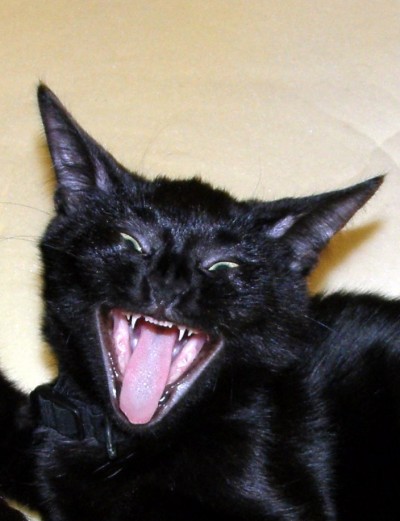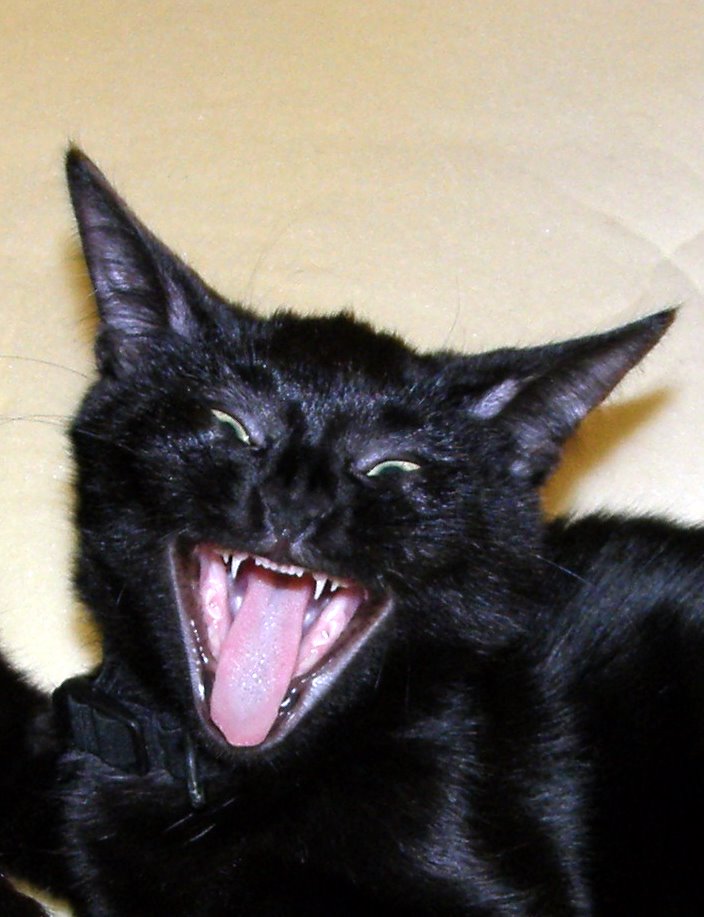
As with much of Leviticus, the material found in this week’s Torah reading, Parashat Tazria, can make us, with our modern sensibilities, squirm a bit. With the description of tzarat, a specific skin disease, the text seems to be stating that any who have strange marks on their skin are sinners who must be isolated and punished. Tazria seems to be particularly devious with its discussion of spiritual impurities, also teaching that women who have given birth are impure, and that if the baby is a girl, the impurity actually lasts longer. As one can expect, such laws are not popular among many feminists.
I’m not going to address the issues of birth and impurity. I don’t think I have the qualifications to do so in a manner that would not leave some mob (I’m not sure if it would be men or women) coming after me. Instead, I would like to focus on the issue that hopefully won’t stir up a mass of hatred against me:Tzarat.
The Torah goes into explicit detail on what tzarat, which, contrary to popular opinion is not leprosy, is and a complicated system is developed for how to diagnose and address the disease. Those who are found to have tzarat are commanded to isolate themselves outside of settlements until they are cured, after which they must immerse in a mikvah and perform sacrifices. Clothing and other items that tzarat has spread to must be destroyed. With such complexities and the attention given to tzarat, it is apparent that it is a massive concern in the Torah. Yet, not once does the text state exactly what causes tzarat.
The best clue we have comes from a story later in the Torah. In Numbers, Miriam slanders Moses, criticizing him for marrying a black woman, and as punishment she is, ironically, turned completely white. While she is cured through Moses prayers, she is still required to stay in isolation for 7 days, part of the process for someone diagnosed with tzarat. The ancient rabbis learned from this that tzarat is a disease that is caused by lashon hara, or evil speech.
Lashon hara is the sin of speaking negatively about another person, and according to the ancient extra-biblical text of the Midrash, it is a sin that is considered equal to the three cardinal sins of idolatry, murder and sexual immorality. When we speak poorly of someone else, we can cause them great harm, both emotionally and socially. In essence, when you speak negatively about others, you are isolating them from the wider community. The Talmud states regarding the laws of tzarat, “With his gossip and slander, he separated a husband from his wife, a man from his neighbor; therefore said the Torah: ‘He shall dwell alone.’” The punishment is reciprocal, eye for an eye, cause others to be isolated and become isolated.
Today, lashon hara runs rampant in society. We gossip, speak poorly of others, and create images of others that are either untrue or not necessary to spread. With the proliferation of the Internet, lashon hara, while perhaps not coming from the actual mouth, has grown to be even more prevalent. Protected by the anonymity of the Internet, people feel safe to say things about others, not aware, or perhaps not caring, that they may be causing severe harm to others. But it’s too easy to say that because of cyberbullying, young people struggle more with lashon hara. I think we can all admit that it is an issue among all ages and groups.
There is another form of lashon hara though, one that many of us don’t consider an issue, but in truth can be just as bad as gossip or slander. An example of this form of lashon hara comes from none other than Moses. During the story of the burning bush, when God gives Moses signs to show the Jewish people, God turns Moses’ hand temporarily white. Why is that? Perhaps it was because Moses had spoken poorly of the people, saying that they would not believe him. However, the following story may shine a different light on this:
A man once came to see Rabbi Yosef Yitzchak of Lubavitch and proceeded to portray himself as a villain of the worst sort. After describing at length his moral and spiritual deficiencies, he begged the Rebbe to help him overcome his evil character.
“Surely,” said the Rebbe, “you know how grave is the sin of lashon harah, speaking evilly of a human being. Nowhere, to my knowledge, does it say that it is permissible to speak lashon harah about oneself.”
Perhaps Moses was not being punished for lashon hara against the leaders, but for speaking out against himself, believing that he did not have the ability to lead the people. When we judge ourselves, we can cause just as much harm, if not more, as someone else speaking poorly about us. When spoken aloud to others, we feed into rumors against us and judgements that may isolate us. We also have a tendency to take upon ourselves the image that we project. Call ourselves cowards, and we find ourselves acting cowardly. Lashon hara against ourselves is even more dangerous because it can happen anytime. Just as the Internet has shown that lashon hara is not just within the realm of spoken word, we can commit lashon hara against ourselves within our minds. Negative thoughts hold us down, shape us negatively, and make us feel unclean. We need to take those negative thoughts, the lashon hara against ourselves, and just as we do with the tzarat of clothes, burn them away so that we can build ourselves up rather than tear ourselves down. Just as the cure to tzarat of the skin included immersion in the cleansing waters of a ritual bath, the cure for negative thoughts is to immerse ourselves in positivity. Lashon hara has the ability to break us down, but the reverse, good speech or lashon hatov, has the ability to build us up. When we think negatively about ourselves, we must cut out the evil, and replace it by filling our minds–immersing ourselves–in positive thoughts.
David Gutbezahl is a student at Gratz College.

